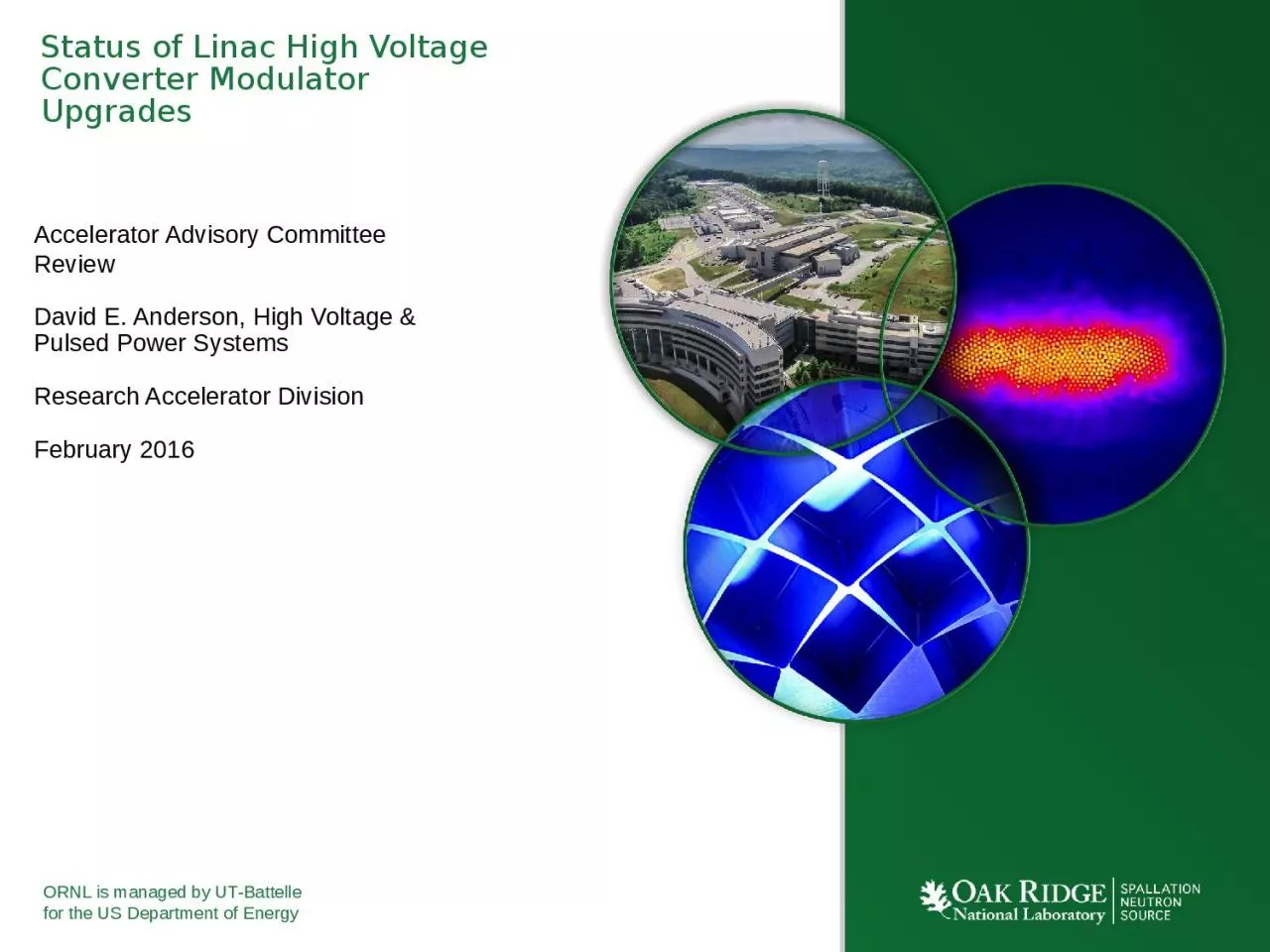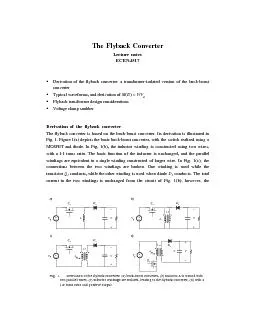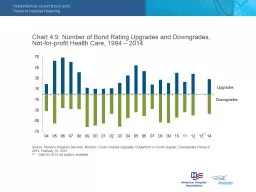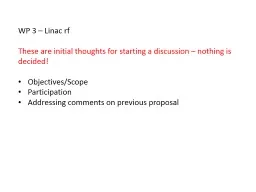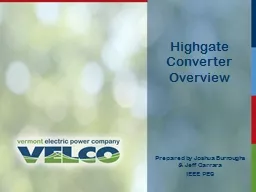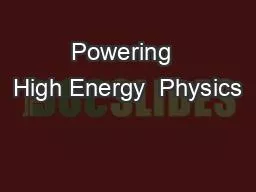PPT-Status of Linac High Voltage Converter Modulator Upgrades
Author : 2coolprecise | Published Date : 2020-08-29
Accelerator Advisory Committee Review David E Anderson High Voltage amp Pulsed Power Systems Research Accelerator Division February 2016 Modulators provide pulsed
Presentation Embed Code
Download Presentation
Download Presentation The PPT/PDF document "Status of Linac High Voltage Converter M..." is the property of its rightful owner. Permission is granted to download and print the materials on this website for personal, non-commercial use only, and to display it on your personal computer provided you do not modify the materials and that you retain all copyright notices contained in the materials. By downloading content from our website, you accept the terms of this agreement.
Status of Linac High Voltage Converter Modulator Upgrades: Transcript
Download Rules Of Document
"Status of Linac High Voltage Converter Modulator Upgrades"The content belongs to its owner. You may download and print it for personal use, without modification, and keep all copyright notices. By downloading, you agree to these terms.
Related Documents

